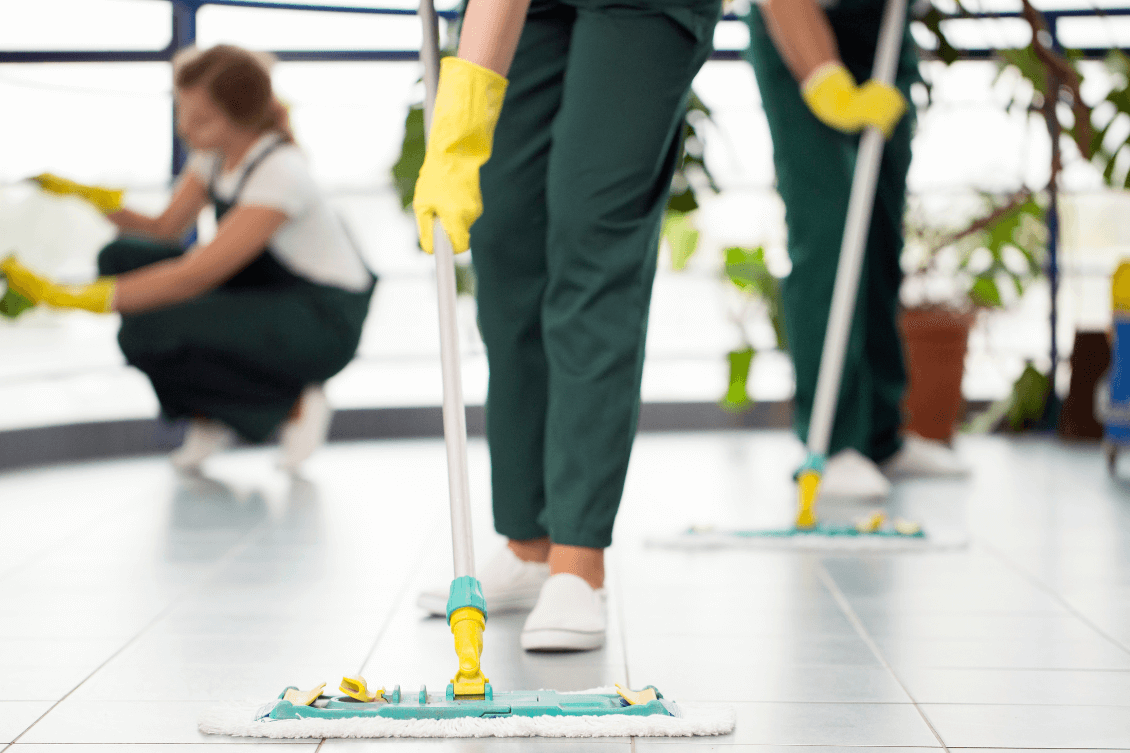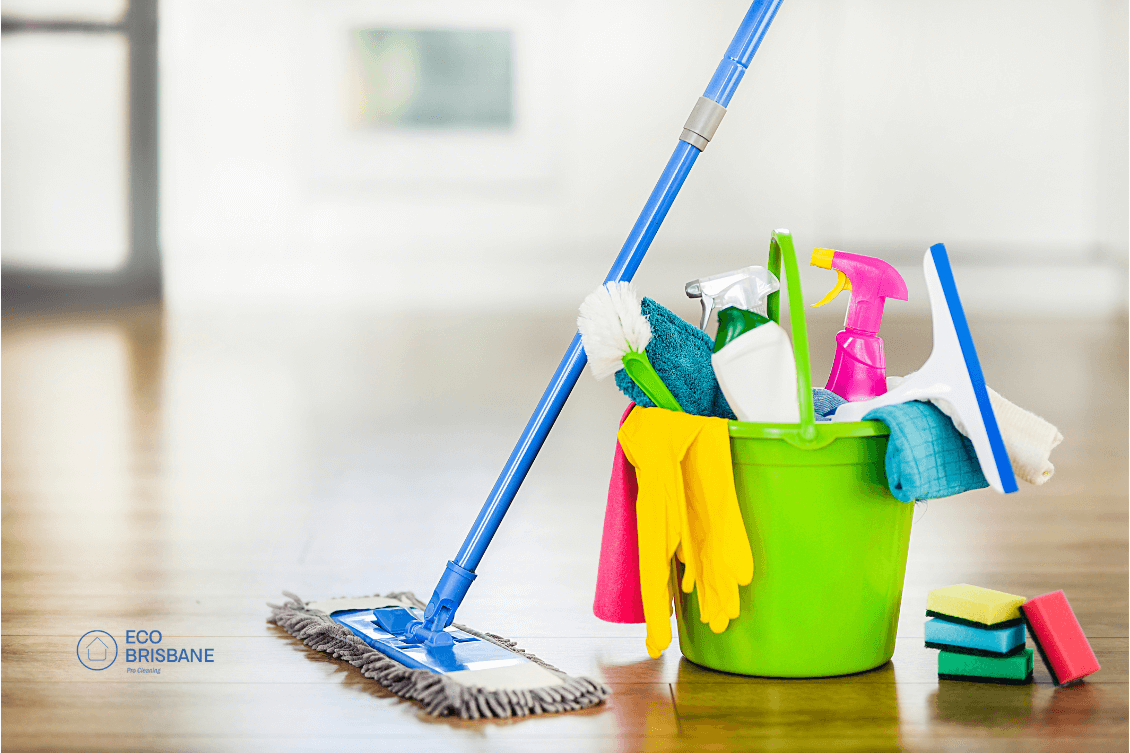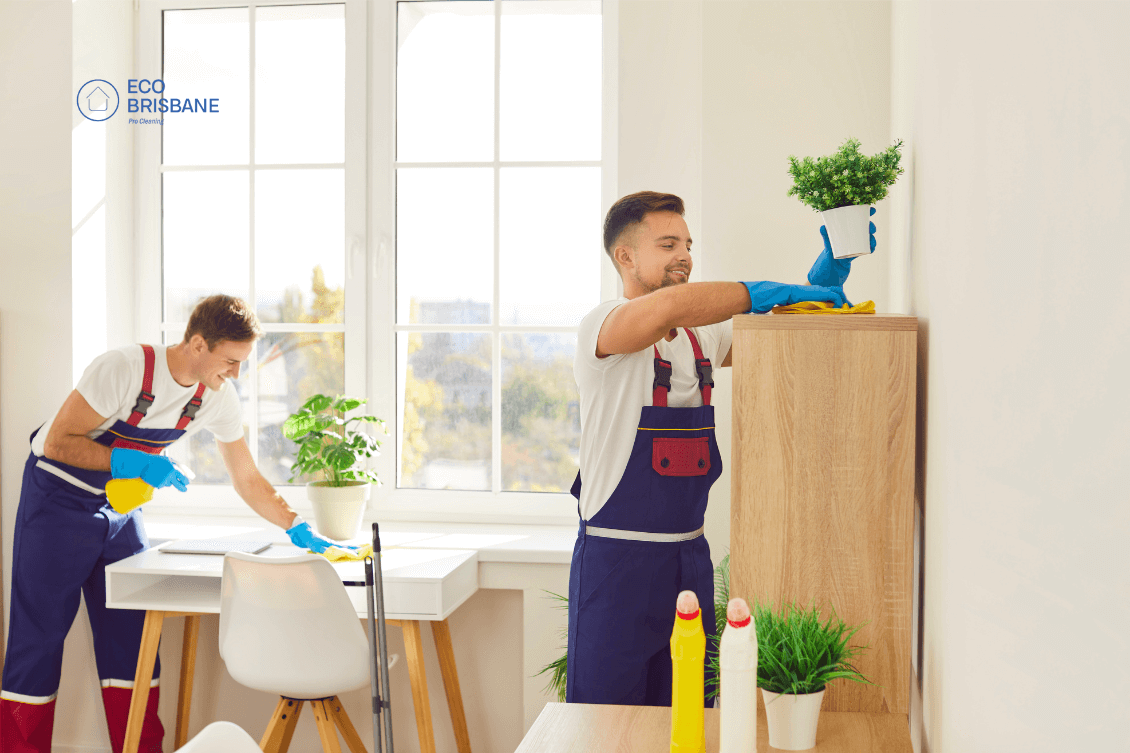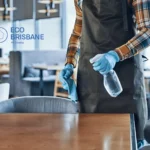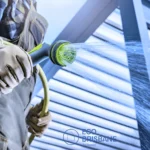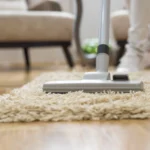When floods hit, they leave a trail of destruction. Homes and possessions get submerged, and the aftermath is often overwhelming. If you’re dealing with flood damage, you need a clear, effective plan to restore your home. Here’s a comprehensive guide to help you navigate through this challenging time.
1. Assessing the Damage
The first step is to gauge the extent of the damage. Document everything for insurance purposes and identify urgent safety hazards. Prioritise critical repairs like structural damage. Remember, safety comes first!
2. Safety Measures
Before diving into cleanup, ensure you’re safe. Turn off your home’s electricity to avoid electrocution. Wear protective gear like gloves, masks, and boots to shield against contaminated water. Be mindful of potential structural risks as you move around.
3. Tackling Mould
Mould is a common issue post-flood. Identify it by its characteristic spots and musty smell. Address the moisture source, then clean and sanitise affected areas. Extensive mould might require professional remediation services.
4. Clean-up Steps
Now, it’s time to get your hands dirty. Equip yourself with protective gear and start by removing damaged items like carpets and drywall. Sanitise all surfaces with powerful disinfectants. Dry your home using fans and dehumidifiers to ward off mould.
5. Removing Debris and Water
Clear out debris using shovels and buckets. If there’s standing water, use pumps or wet/dry vacuums for removal. Dispose of water and debris correctly.
6. Handling Damaged Materials
Flood-damaged materials like carpets, insulation, and upholstery must go. Cut carpets into sections for easier disposal. If your walls are damaged, remove the affected plaster or panelling.
7. Drying and Dehumidifying
Open windows and use fans for air circulation. Dehumidifiers are crucial in pulling moisture from the air. Check humidity levels regularly – they should be between 30% and 50%.
8. Cleaning and Disinfecting
Once dry, it’s time to clean. Use a bleach solution for disinfecting and be thorough. Wear protective gear to avoid contact with contaminants.
9. Restoration and Repair
Post-cleaning, it’s time to repair. Replace damaged drywall, flooring, and other structural elements. This might require professional help, depending on the extent of the damage.
10. Preventative Measures
Finally, take steps to prevent future flood damage. Seal cracks, improve drainage, and elevate electrical components where possible.
Conclusion
Restoring your home post-flood is a daunting but manageable task. With careful planning, safety measures, and thorough cleaning and repair, you can bring your home back to its former glory. Remember, Eco Cleaning Brisbane, with over 20 years of experience, can provide expert help in this demanding task.
FAQs
✓How long does it take to restore a home after a flood?
Restoration time varies based on the damage extent. It could take days to weeks.
✓Can all furniture be saved after a flood?
Not all. Solid wood may be salvageable, but upholstered furniture often needs discarding.
✓How do I prevent mould after a flood?
Keep your home dry using dehumidifiers and ensure good ventilation.
✓Is it safe to stay in a home during restoration?
It depends on the damage level. Sometimes, it’s safer to stay elsewhere until major repairs are completed.



